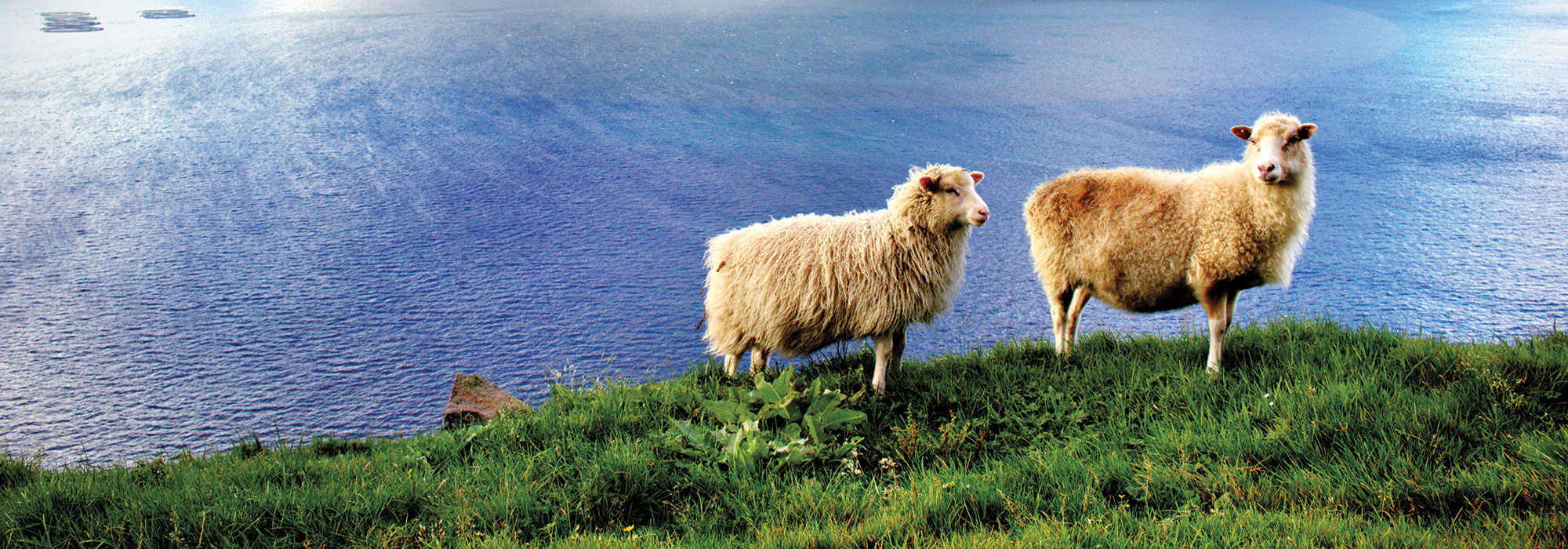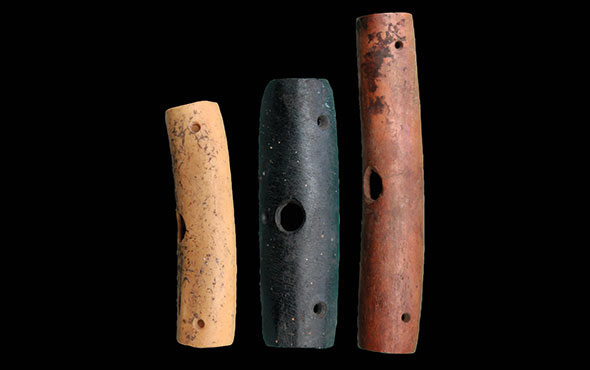
BOCHUM, GERMANY—According to a Live Science report, analysis of metal rings recovered from shipwrecks in the Atlantic Ocean and archaeological sites in Ghana, Sierra Leone, and Sweden suggests that metal used to craft the Benin Bronzes originated in western Germany’s Rhineland region. Brass rings, or manillas, were mined and fashioned into currency by European merchants to purchase enslaved people, gold, and ivory during the period of the transatlantic slave trade. Researchers led by Tobias Skowronek of the Technical University Georg Agricola compared the elements and ratios of lead isotopes making up the 67 manillas in the study with the composition of the Benin Bronzes, and found that much of the metal used by the Edo people to create approximately 3,000 sculptures came from the same source. The study also supports historical records, including a 1548 contract between a German merchant and the king of Portugal detailing the varying composition of manillas needed for trade in different regions of Africa. In 1897, the sculptures were plundered during a British military expedition and eventually dispersed across Europe and the United States. Read the original scholarly article about this research in PLOS ONE. To read about a monument to the one million enslaved people taken from their home in Benin, go to "Off the Grid: Ouidah, Benin."










